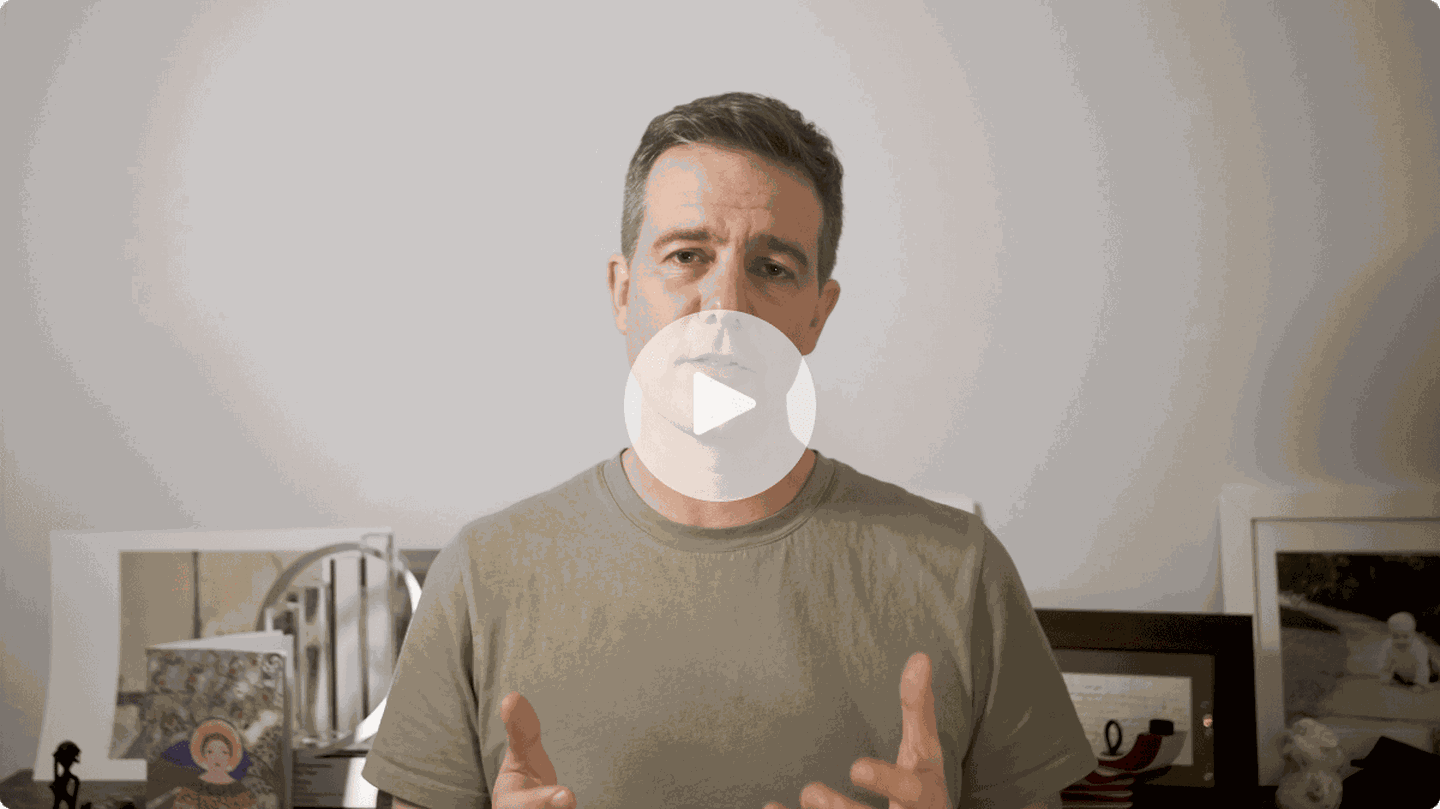How to prioritize employee experience during a crisis

Throughout this crisis, I have been in constant contact with other CEOs and leaders. The first thing everyone is focusing on is the survival of their business. However, once the stress testing scenario plans are complete, attention seems to quickly shift to the most important thing in a crisis: people and culture.
In these difficult times, companies are finding out what their culture really is. The way people show up - from leaders to front line employees - is based on the environment you’ve created for them.
When employees look back at this period, they’re going to remember the peaks and troughs, not every single experience. (Chip Heath talks about this phenomenon very powerfully in his book The Power of Moments).
The question is: how do you create that experience so that it delivers in the moments that matter to your employees?
In this article, I break down not only why we’re focused on encouraging companies to prioritize employee experience during this time, but also how to do it. Ensuring we all have jobs down the road doesn’t have to mean sacrificing how employees feel as we get there.
Why you should prioritize employee experience
Over the last few weeks, I’ve watched the Culture Amp People Science and Customer Success teams manage a flood of inbound requests to help managers navigate this unusually challenging situation.
The foundation of the guidance they’re providing is the same as the internal approach our leadership team is taking: even when it feels difficult - especially when it feels difficult - focus on employee experience.
When mass layoffs are happening everywhere, it can be tempting to think that all you need to do is help someone keep their job to make them happy. However, the experience you’re creating today is not just about today - it’s for six months from now when your best people are figuring out what they want to do. How do you want them to remember what you looked like at your worst? To quote James Lane Allen, “Adversity does not build character, it reveals it.” What will this crisis reveal about the culture of your company for your people?
While plans are shifting, stress is rising, and simple operations are in flux, people are forced to adapt to challenging times. And in this type of situation where conflict, stress, and crisis often arise, you can let them overwhelm you, or you can lead the way and intentionally build upon the things that your culture stands for.
If you don’t deliver on your culture in a crisis, then your culture meant nothing to start with. And when you stand successful on the other side, your culture will be why.
How you can prioritize employee experience
Every textbook on leadership in a crisis focuses on communication. We need to be able to communicate clearly and “absorb the fear” from our team so that they can drive towards a plan in the face of incredible uncertainty. Yet a crucial component of communication is listening, and this often gets overlooked. How do you land a message when you don’t know what matters to your people?
We’re seeing organizations figure out how to use all the tools at their disposal to rapidly understand where their people are at - and how that is changing on a weekly or even daily basis.
The right strategy is built on two pillars: listening and responding. Below are a few actions we’re taking at Culture Amp to exercise both.
Listening
Conducting internal emergency response surveys
I believe that we can’t effectively lead our people through a crisis without understanding as much as we can about what they’re experiencing, and what their needs are.
In a situation like this, the intricacies of how this impacts their personal lives go beyond what we’ll ever be privy to. While there are things outside of our control as a company (for example, we can’t change someone’s living situation), it’s a top priority for us to help them navigate this situation with the information, resources, tools, and flexibility that we’re able to offer. Conducting emergency response surveys is the fastest way to see where our resources are effective, and where we might need to lean in more. Which managers need more support? Which teams are experiencing more challenges with the transition?
At a time like this, just listening and engaging in a conversation is a hugely important way to support your employees. One value we’ve found is that our pulses help us start a conversation. In this environment, we’ve included questions that are simply self-reflections intended to help create space where Culture Amp employees can reflect, feel gratitude, or focus on their own wellbeing - all things that can be hard in this environment. (When I am having a particularly bad day, reading the things that our employees are grateful for gives me enormous amounts of motivation and energy.)
However, listening isn’t enough. You have to act on what you’re hearing.
Responding
Transparent executive communications
For the last three weeks, I’ve prioritized over-communicating with our employees. I’ve provided daily two-minute updates via video, as well as reported back from our “Situation Room” (a daily leadership meeting, during which we review up-to-date metrics related to the current environment that may impact how we adapt as an organization).
Of course, the general purpose of the daily updates is to keep everyone across the business decisions and planning - financial planning, board meeting summaries, customer planning. But it’s also become a way to exercise vulnerability - modeling that vulnerability not only helps others feel okay as they navigate their own uncertainty, but also encourages them to ask “real” questions and share direct observations (both of which are critical in a crisis).
Recurring digital events focused on connection
When we ask Culture Amp employees what they love most about our culture, relationships are almost always at the top of the list. But transitioning to a work-from-home state means that the way we maintain those relationships - the casual good mornings, coffee walks, or group lunches - has to change.
Across the globe, employees are quickly establishing new formats to maintain the essence of these experiences. Some of these new social interactions are driven by our People Team, and sometimes the best work our People team does is sitting back to let new ideas emerge organically.
Regardless, it’s often simply about maintaining the simple interactions that make the good days joyous and the bad days bearable - those water cooler conversations that would have been about Tiger King or someone popping a treat on your desk after a tough presentation.
Conclusion
As I reflect on the last few weeks of this storm, I know it’s one that I have to weather with my team’s journey front of mind.
We’ll hit some patches rougher than others, and have to make some incredibly tough decisions about the course we take. But since none of us can see beyond what’s immediately in front of us, I’ve committed to grounding myself in the voices of those around me. Taking their direction on what’s important to them; taking their advice on how I can serve them best; and using their feedback to inform each next step.
If you're a Culture Amp customer and you need support in building your feedback strategy, reach out to your Customer Success Coach or support@cultureamp.com to get started.






